When almost two million Australians voted Green on May 21, how many in this huge 1.3 million surge in Green support over the past two decades really knew what they were voting for? Saving the planet was only the tip of the Green policy iceberg. Voters, genuinely believing in the urgent need for net-zero greenhouse gas emissions as soon as possible, (many of them comfortably-off, high-polluting virtue-signallers), were effectively granting 12 Green senators what could be wide-ranging political power over an elected Labor government’s legislation. Their active, and very controversial, agenda is far wider than climate and may well cause the government difficult trade-off problems. This is on top of the uncertain implications of a climate policy that seeks ‘urgently to phase out all fossil fuels for export and domestic use’, with an anti-expansion commitment even during the necessary transition stage to renewable energy, both locally and for exports.
The first signs of trouble on this front appeared in last month’s offensive stunt by Green’s leader Adam Bandt refusing to stand with an Australian flag because it ‘represented dispossession to First Nations people’ and would be replaced when Australia became a republic. Then there has been widespread public criticism of the Green’s pacifist view that China poses no threat and defence spending should be slashed. This was followed by what the Australian’s Paul Kelly described last weekend as ‘Greens drunk on hubris’ after their May election successes, in threatening to use their near-balance-of-power in the Senate to defeat the new government’s proposed Climate Bill on the grounds that its tougher emissions reduction target is not tough enough – a reprise of their much-criticised destruction of the Rudd government’s 2009 proposals.
The hubris arising from this newly acquired parliamentary relevance will inevitably lead to the enthusiastic promotion of pet political projects, few of them with popular support, that litter the thousands of words of the Green policy manifesto. So prepare for a dose of reality that will confirm the truth in the old saw about the watermelon Greens – green on the outside but solid red inside.
Behind the blandly stated four key principles: ‘ecological sustainability, grassroots democracy, social justice, and peace and non-violence’, lies a mixture of authoritarian social policies, nationalising significant sections of the economy, promises of unfunded volumes of public largesse that they would never face the prospect of having to deliver, destruction of Australia’s US alliance, savage cuts to defence, cuddling up to a China that ‘poses no threat to Australia’, massive tax hikes, an end to negative gearing, votes for 16-year-olds, the end of subsidising private health insurance, legalising the production, sale and use of recreational cannabis, decriminalising the personal use, possession and non-commercial sale of drugs, breaking up the concentrated ownership of large media organisations through government regulation and, in a nod to its election funding source, the CFMEU, making it easier to go on strike.
With an eye at the under-25 demographic which provides the Greens with much of their voting support, there is a cornucopia of goodies including a guaranteed adequate and secure income allowance for young people to enable full participation in education and training opportunities, abolishing student debt, providing affordable, accessible and secure housing options for young people, gig workers to be recognised as employees or a new category of autonomous worker and be extended rights, protections and entitlements that are not less than those granted to employees, and the extension of the vote to 16 and 17-year-olds (to give them the opportunity to provide an electoral ‘thank you?’).
All these will all be paraded along with other woke fads (like being able to self-identify gender, and for trans-women to compete in competitive sport against biological women) many of which may horrify the one in five constituents of Melbourne’s classy Kooyong and Sydney’s posh Wentworth who voted Green in the Senate after tossing out their Liberal MPs for a Teal ‘independent’ in the House of Representatives. Will they, as they shop at ritzy Double Bay, obediently ‘Reduce the overproduction and overconsumption of consumer goods that both depend upon fossil fuels and put unnecessary pressure on environmental resources’? What is their response to Green concerns that population growth is ‘outstripping our environmental capacity’, but that we nevertheless must end Australia’s successful sovereign borders approach to asylum seekers by the ‘elimination of mandatory and indefinite detention,and the abolition of offshore processing’.
The 13 million or 87 per cent of Australian voters, who did not vote Green now have to put up with the consequential bellicose minority of 12 Green senators in a chamber of 76 dictating to the Labor government what legislation it will allow to become law. It was only two decades ago, during John Howard’s government, that the Greens could only attract fewer than five per cent of voters. But these 569,000, centred in inner metropolitan areas, particularly in Victoria, have grown unnervingly by 230 per cent, even storming the Coalition citadel of Queensland, snaffling more than 12 per cent of the Queensland vote following an incredible five-times jump from 2001’s 71,000 to 373,460 supporters. The Coalition’s former stronghold of WA also opened the door, with Green support multiplying from 65,000 to 217,571. And South Australia has gone from nothing to 135,000. The reward has been two Senate seats from each state for a party that is clearly on the march.
Whether the Greens (and Teals) maintain their remarkable momentum will depend not only on geo-political events over the next three years, but also on our schools and universities maintaining their climate catastrophe mantra, and influencing the younger Green-voting cohort. It is striking that apart from inner-city seats like Perth, Fremantle and Sydney, whose Green vote is well over 20 per cent, coal and heavy engineering cities like Wollongong and Newcastle, which have the most to lose from the economic consequences of Green policies, also have some of the largest percentages of Green supporters. But as a cynic pointed out to me, both are university towns. QED
Got something to add? Join the discussion and comment below.
Get 10 issues for just $10
Subscribe to The Spectator Australia today for the next 10 magazine issues, plus full online access, for just $10.
You might disagree with half of it, but you’ll enjoy reading all of it. Try your first month for free, then just $2 a week for the remainder of your first year.

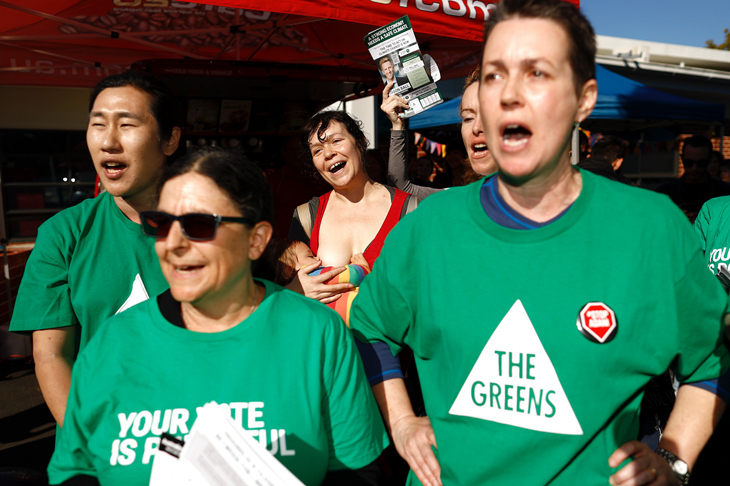

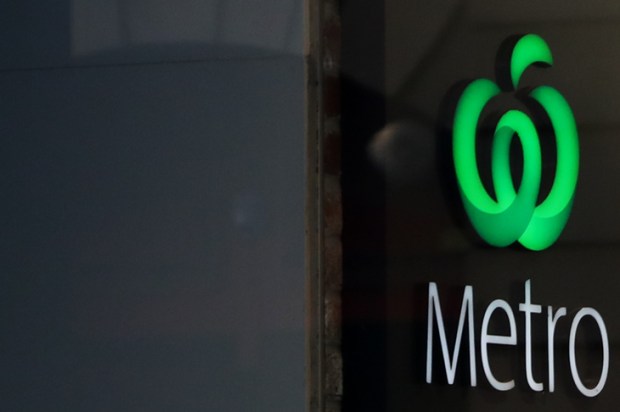
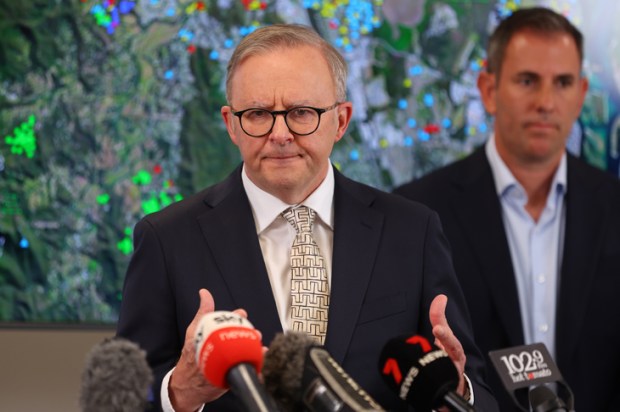
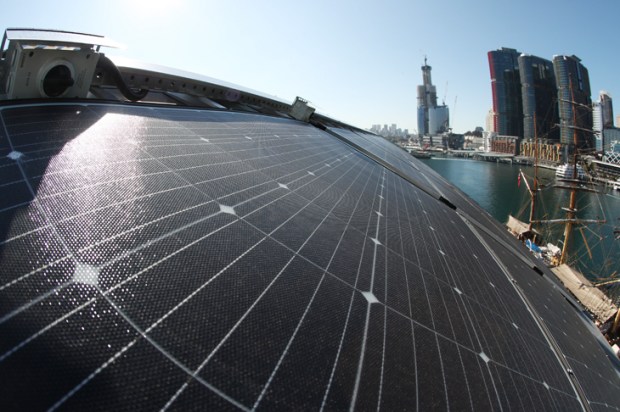

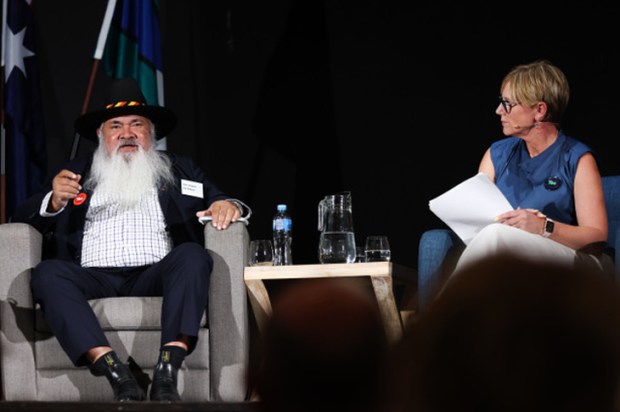






Comments
Don't miss out
Join the conversation with other Spectator Australia readers. Subscribe to leave a comment.
SUBSCRIBEAlready a subscriber? Log in